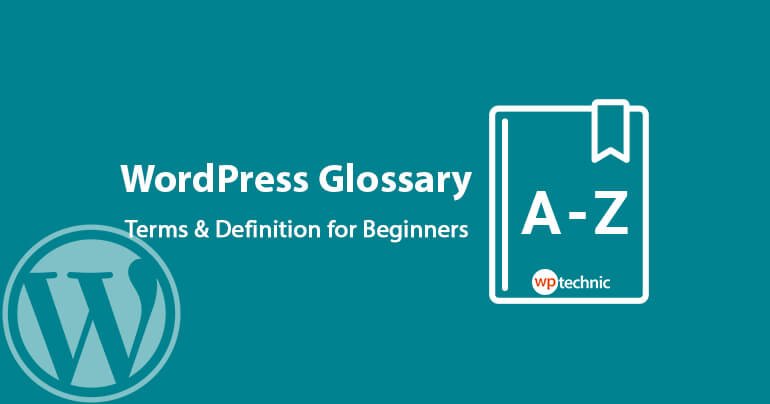Page is also a type of WordPress post and is usually used to publish ‘static content’. Whereas, the post includes time-oriented contents, a page generally contains ‘timeless’ contents.
A “page” may display static, non-chronological content on your website, such as an “About Us” page, a “Contact Us” page, or a “Privacy Policy” page. Pages are typically used for content that is important and does not change frequently.
For example, your daily journals are published as posts and ‘About us’ information is published as a ‘Page’.
Pages in WordPress are similar to posts, but there are some key differences. Pages are not displayed in chronological order, and they do not have categories or tags like posts do. Pages are also hierarchical, which means you can create a parent page and then add child pages to it. This allows you to create more complex website structures and menus.
WordPress includes a visual editor for creating and editing pages, which allows you to add text, images, videos, and other types of content to your pages. You can also customize the design and layout of your pages using themes and plugins.
Pages can be added to your website’s navigation menu, making it easy for visitors to find and access your important content. Pages can also be assigned different templates or custom layouts, allowing you to create unique designs for different types of pages on your website.

